Gluten Free Soft Dinner Rolls, the kind you lovingly pull apart and slather with butter while still warm, that’s the recipe Kathy and Angie were looking for. They had tried different ones yet couldn’t get the taste and texture they wanted so they reached out to me for some help.
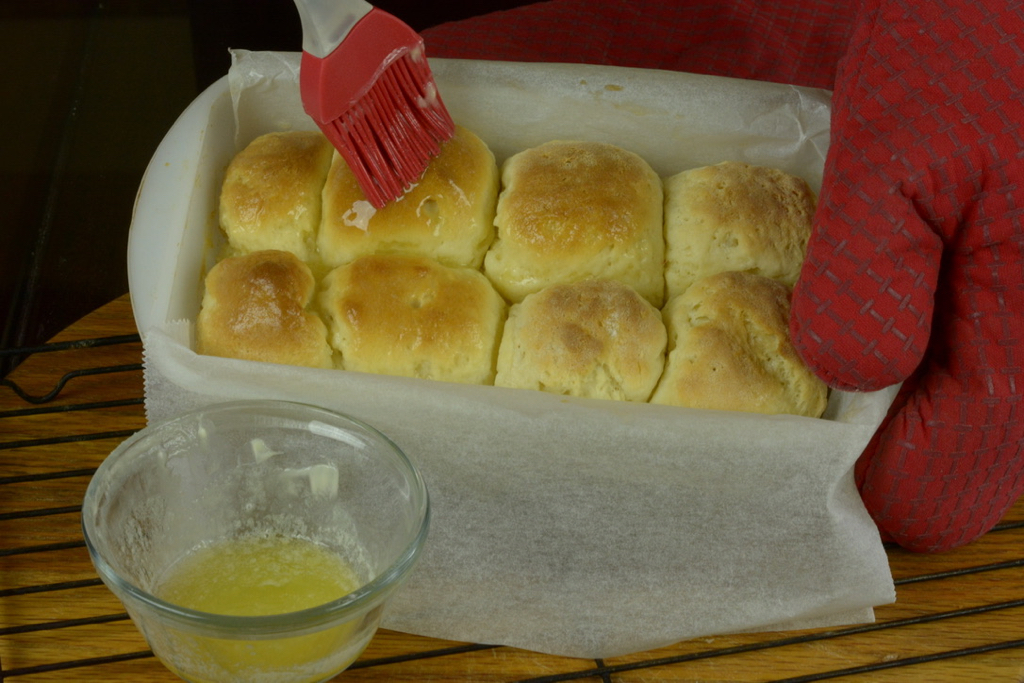
I happily dove into research mode, comparing recipes and baking. Using the tips I know for success with gluten free yeast breads I came up with two different recipes for a final taste test. We had a private cooking class, made them both and this recipe for Soft Dinner Rolls was the clear winner.
Ingredients
- milk
- instant yeast
- sugar
- potato starch
- white rice flour
- brown rice flour
- tapioca starch
- sweet rice flour (or sorghum flour)
- xanthan gum
- baking powder
- egg
- vegetable oil
- honey
- butter
See recipe card for exact amounts.
Do’s and Don’ts For Gluten Free Bakers
This year I’ve been running a series of cooking classes making yeast breads. Teaching is the best way for me to put into practise everything I learn, even though the learning never ends.
The good news is that once you learn the differences about baking with gluten free flour then you can eat your way to success. With one recipe after another.
I call the tips and tricks the New Basics and I write about them all the time. You'll find many tips in my recipe descriptions but also in these blog posts.
- Gluten Free Baking By Weight
- Tips for Making Gluten Free Cookies
- Tips for Making Gluten Free Pastry
- My 12-post HOW TO series starting with How To Use Rice Flour in Gluten Free Baking
These basics may be quite different from some of the rules you know about baking with wheat flour so being open to learning is a great first step.
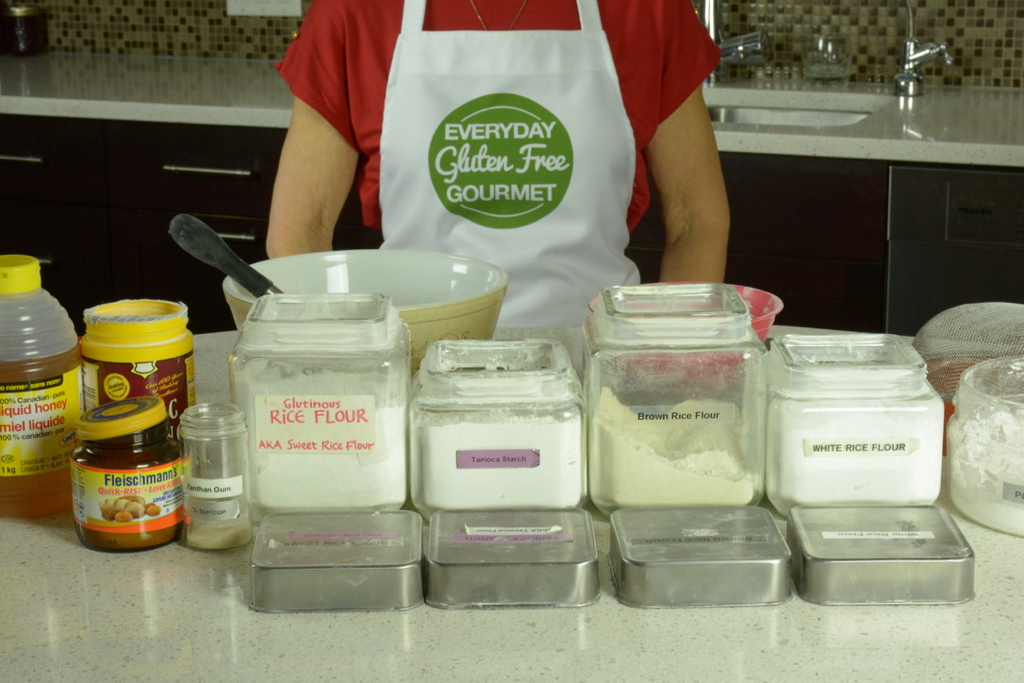
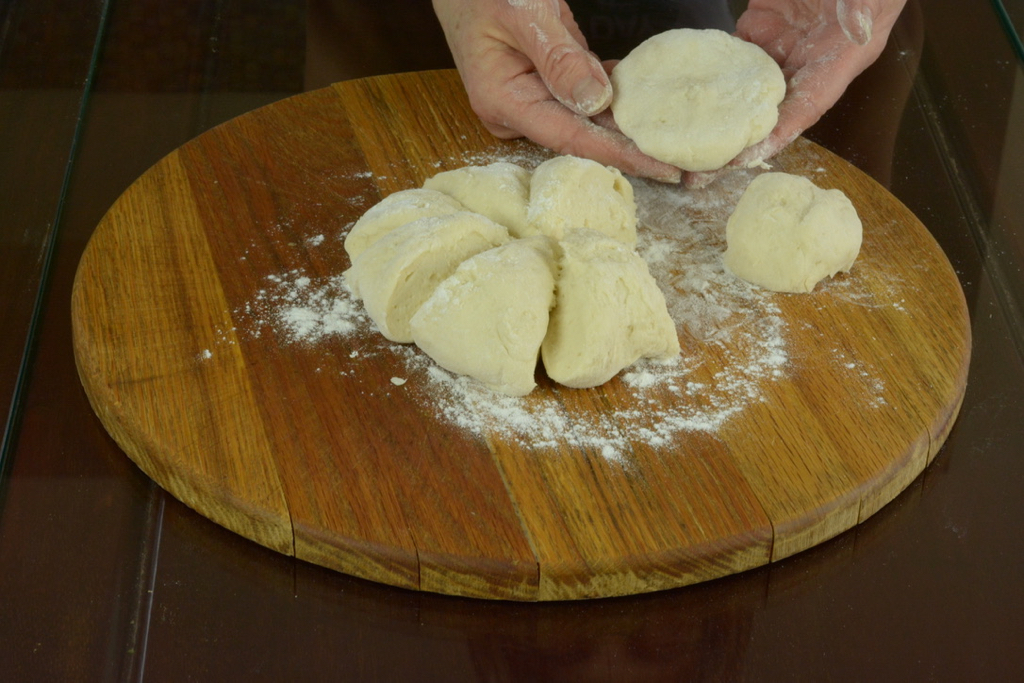
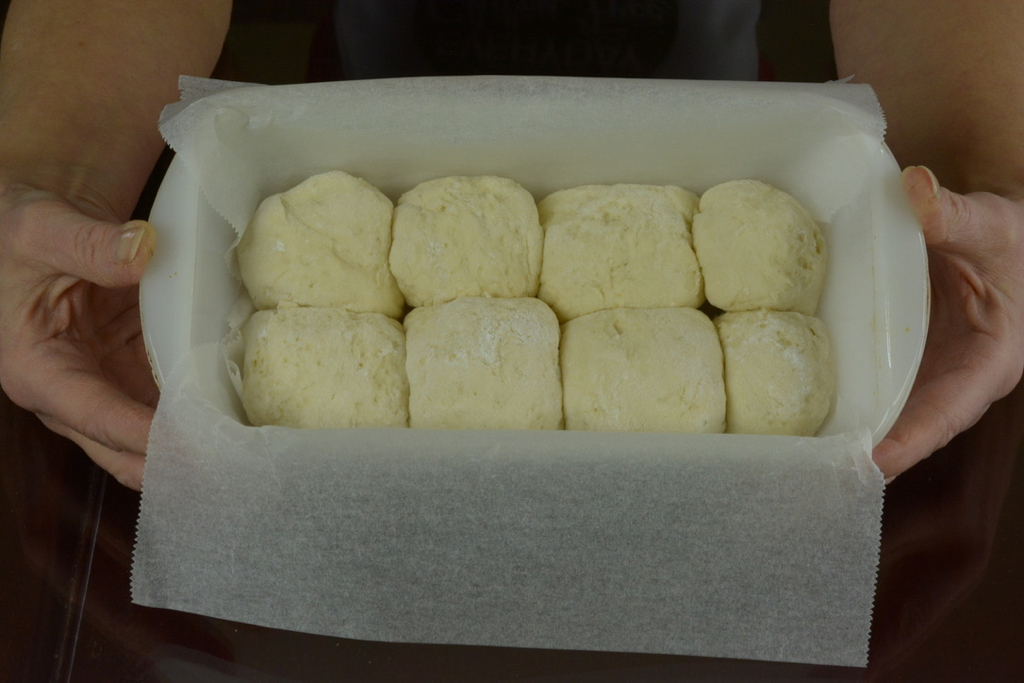

5 Tips For Gluten Free Yeast Breads
America’s Test Kitchen is my most reliable source for the chemistry of baking and understanding why things work, or don’t work, with gluten free flour. I trust them and use that knowledge when I’m in the kitchen.
- No single gluten free flour can mimic all the properties of wheat flour. A precise combination of individual flours and starches will always give the best results.
- Xanthan gum and psyllium husk powder are important binders used in yeast bread recipes. This recipe uses xanthan gum only.
- Psyllium husk powder has a high viscosity so is able to bind water more effectively than xanthan gum. It creates a sturdy network with the proteins in gluten free flours and adds a wheat flavour to baking that works well in yeast breads.
- Egg helps with structure in gluten free baking so sometimes there is egg in a recipe where you wouldn’t expect it.
- Resting time is important to allow the completion of the structure of gluten free baked goods. If you taste your dinner rolls right out of the oven they may be gummy or undercooked. Wait and taste again! That’s how you’ll learn how many minutes they should rest.
Best Kitchen Tools for Gluten Free Bakers
Every kitchen needs tools and these are some of the basics for this recipe.
- A kitchen timer is essential for baking.
- Use a wire whisk to thoroughly combine the dry ingredients.
- A strainer turns lumpy potato starch into the fine texture needed for baking.
- Dinner rolls can be made in a simple glass loaf pan or a round cake pan.
- Parchment paper is the ticket to easily transfer your baking to a wire rack.
- From America's Test Kitchen: The How Can It Be Gluten Free Cookbook, Volume 2 The How Can It Be Gluten Free Cookbook and their newest book, How Can It Be Gluten Free Collection; 350 Groundbreaking Recipes For All Your Favourites. All great resources!
I’ve moved on to pizza dough and savoury variations of this recipe but some people in my cooking classes said they were going to try making Monkey Bread. I can’t wait to hear about it and see your photos. That might inspire me to try it too.
In case you don't know, Monkey bread is a sweet pull-apart bread baked in a Bundt pan. Small dough balls are dipped in butter, rolled in cinnamon sugar and then placed on top of each other in the pan.
I’d love to hear in the comments below how this recipe for Soft Dinner Rolls turned out for you or if you did something different with it.
__________________________________________________________________________
New here? Subscribe and get your FREE resource, the tips I wish I knew when I started cooking gluten free.
Looking for more help with gluten-free cooking? Check out our Cooking Classes.
_________________________________________________________________________
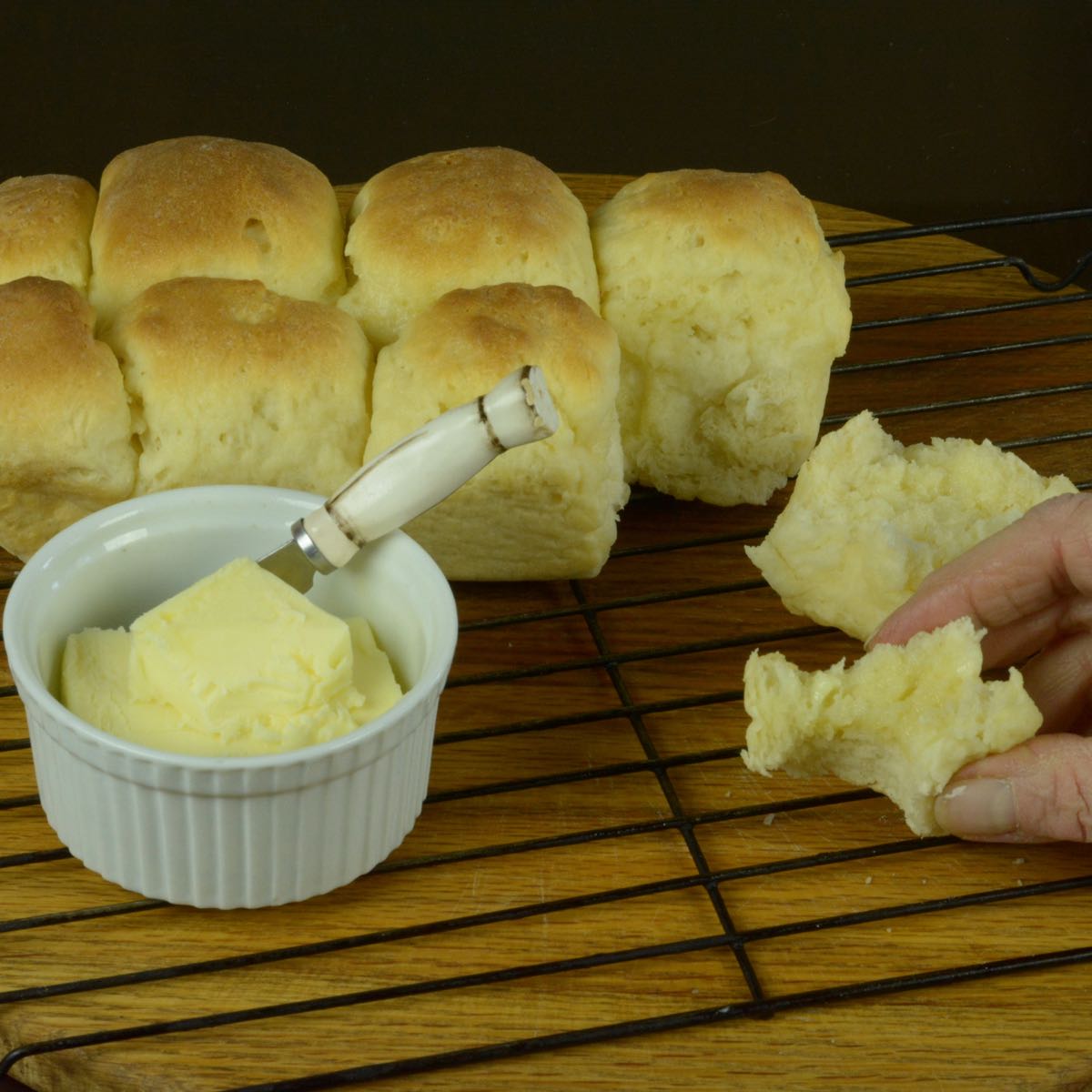
Gluten Free Soft Dinner Rolls
Ingredients
Proof Yeast
- ½ cup warm milk , 105-110ºF (I use 2% milk)
- 2¼ teaspoon instant yeast
- ½ teaspoon sugar
DRY INGREDIENTS
- 65 grams potato starch
- 55 grams white rice flour
- 50 grams brown rice flour
- 30 grams tapioca starch
- 16 grams sweet rice flour (or sorghum flour)
- 1½ teaspoon xanthan gum
- 1 teaspoon baking powder
- ½ teaspoon salt
WET INGREDIENTS
- 1 egg
- 3 tablespoon vegetable oil
- 2 tablespoon honey
FINISHING
- sweet rice flour for sprinkling
- 2 tablespoon butter, melted for brushing on dinner rolls
Instructions
- Line an 8-inch loaf pan with parchment paper or an 8 or 9-inch round cake pan.
- Microwave milk for about 30 seconds to reach 105-110ºF. Add sugar and sprinkle yeast on top. Stir and let proof 10-15 minutes until frothy.
- Whisk dry ingredients together. Set aside.
- In the bowl of a stand mixer add yeast mixture, egg, oil and honey. Mix on medium-low until combined.
- Turn mixer down to low and add dry ingredients to combine.Stop, scrape down sides of bowl then beat on medium for 1 minute.
- Generously flour the counter. Using your hands work into a smooth dough and turn out onto the counter. Sprinkle additional flour over the dough.
- Cut the dough into 8 pieces using a knife. Flatten each piece slightly and shape into a circle then bring the edges together at the bottom to form a ball. Arrange in the loaf pan.
- Cover with a clean kitchen towel and let rise for 1 hour.
- Preheat oven to 350ºF at least 30 minutes before baking.
- Before putting rolls in the oven brush with 1 tablespoon of melted butter. Bake 20-24 minutes or until the internal temperature reaches 175ºF measured with a thermometer.
- Set dinner rolls on cooling rack in the pan and immediately brush with the last tablespoon of melted butter. Let cool for 5 minutes before lifting out of the pan.
- Rest for another 5 minutes then remove from parchment directly to the cooling rack. Let rest another 5-10 minutes before biting in. If they taste under done you're probably eating them too soon. With patience you'll determine the exact amount of time they should rest after cooking.
- Dinner rolls are best served while warm. Leftovers will keep in the refrigerator for a few days and they freeze well.

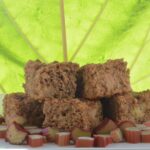
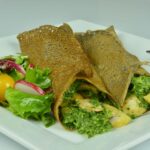
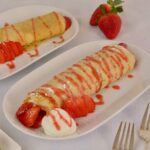
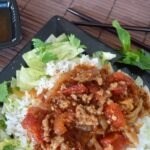
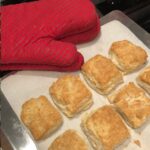
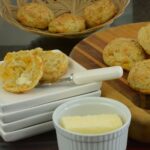
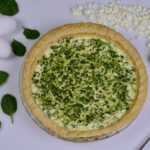
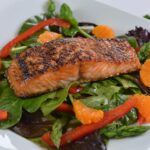
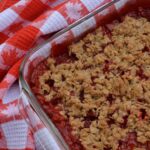
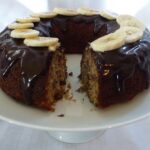
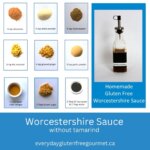
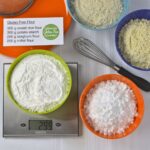
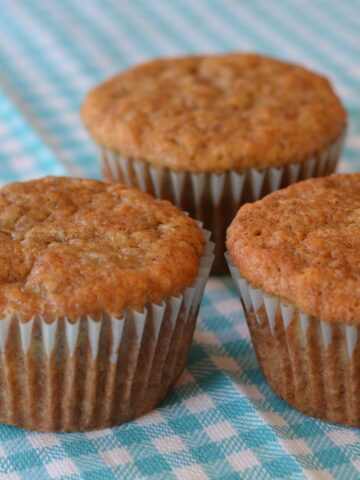
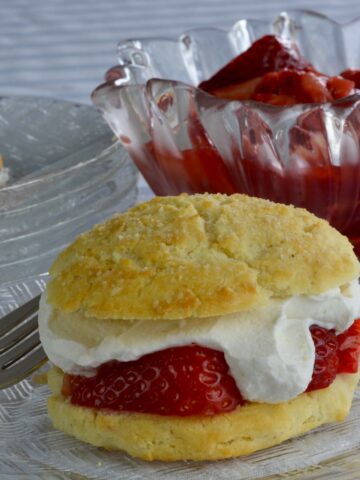
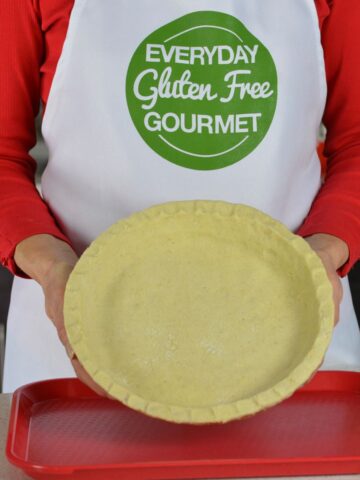
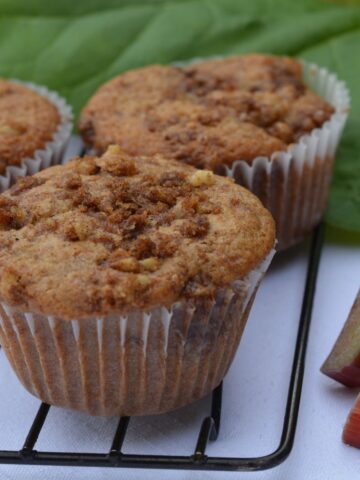
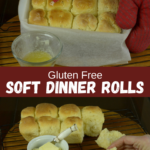
Tannis Williams
Cinde, I was wondering if you tried the recipe with the physillium powder too? Also, could the rolls be made and frozen to have on hand.? Thks t
Cinde Little
Hi Tannis! If you asked me about GF yeast breads I'd suggest choosing recipes that include psyllium husk powder. For this recipe I was testing and comparing 4 similar recipes and 2 of them did have psyllium husk powder. We didn't like the taste of those so this recipe was the clear winner. If you like the taste of these or you're just up for trying, I'd replace the 1 1/2 tsp of xanthan with twice as much psyllium, 3 tsp (1 Tbsp). Some sources even say to triple the amount. BAKING POWDER: I'm not sure if you would still need the baking powder but on your first attempt I'd keep it in this recipe. FREEZING: I'm going to say absolutely yes (even though I didn't try it). I freeze many other baked goods (cinnamon rolls this week) and freezing them raw always gives the best fresh baked result. You've got your work cut out for you so give those things a try and let me know what you learn.
Swati
Hello
This was great recipe. May I know can I use whey protein powder to replace eggs please,
Thank you
Cinde Little
Hi Swati. I've never used whey protein powder in baking but a quick search tells me you can use it to replace an egg. The catch is that you need to also add water since a real egg is more than just the whey protein. 1 egg measures about 1/4 cup but I can't say how much water you would need to make this recipe work. There begins the trial and error process for anyone baking on a restricted diet. If you have made other recipes substituting whey protein powder then you probably have a good idea. If you haven't I always recommend trying substitutions in easy recipes like pancakes and muffins before you try it in yeast breads. I hope that helps Swati. Happy baking!